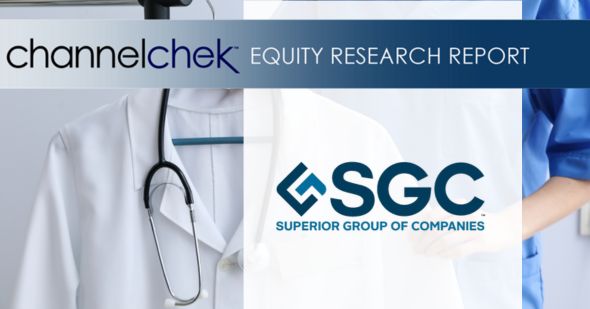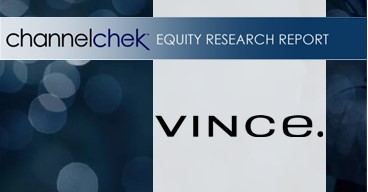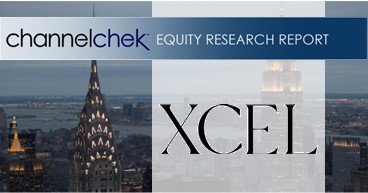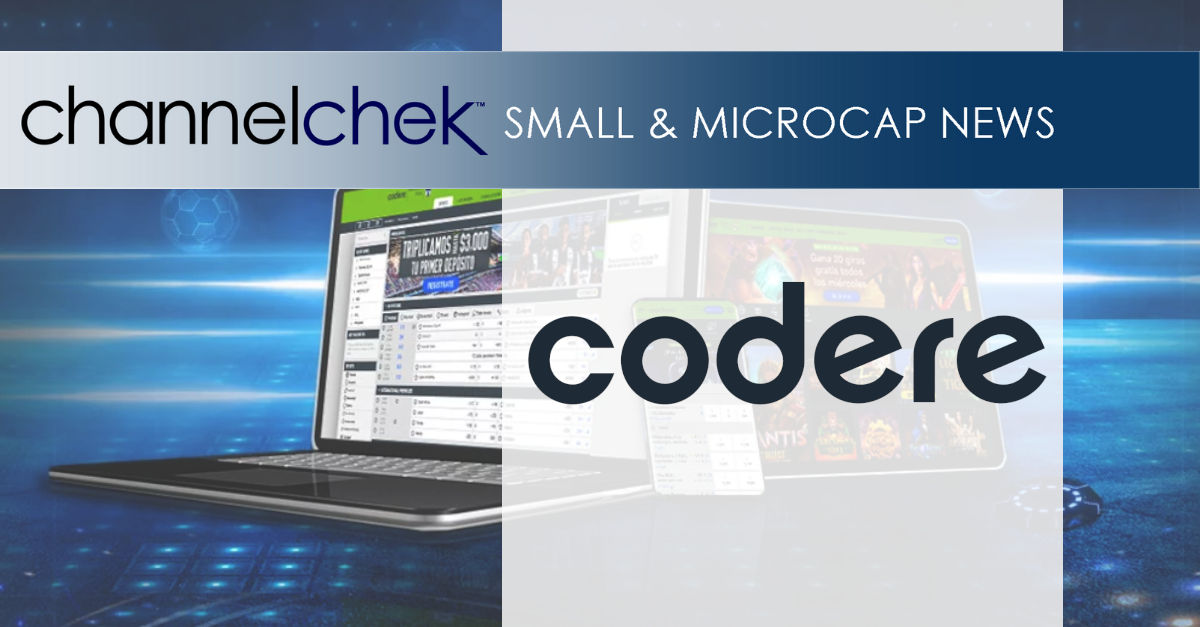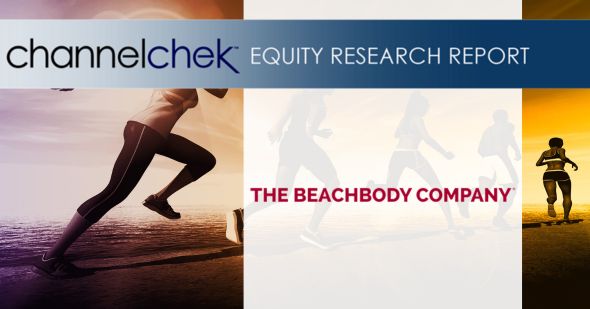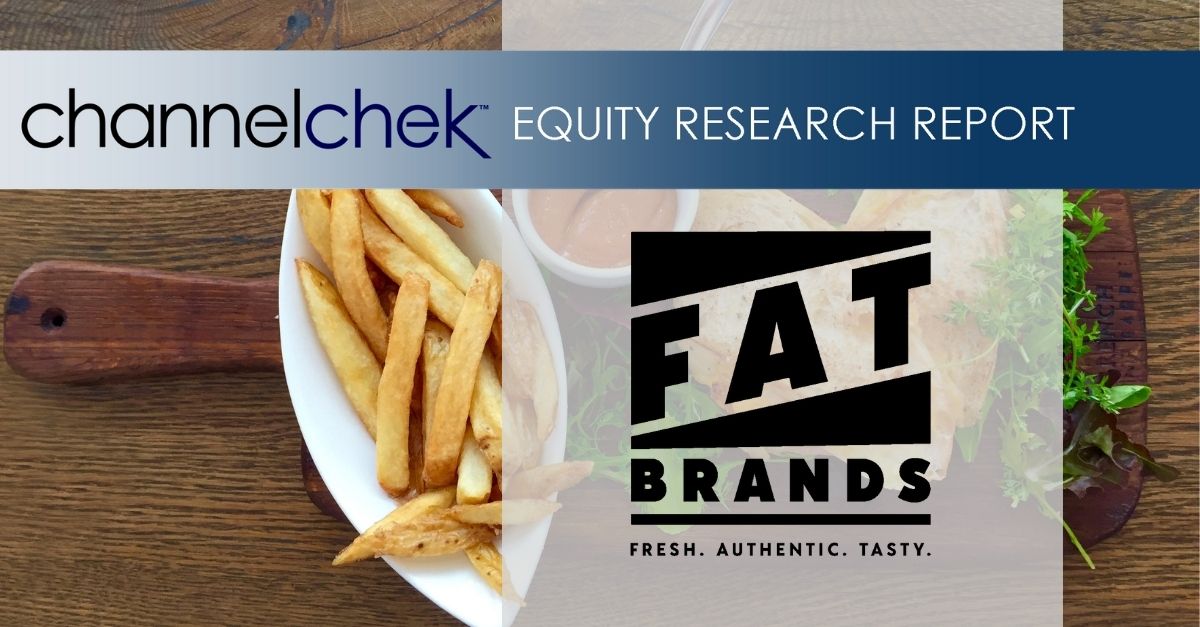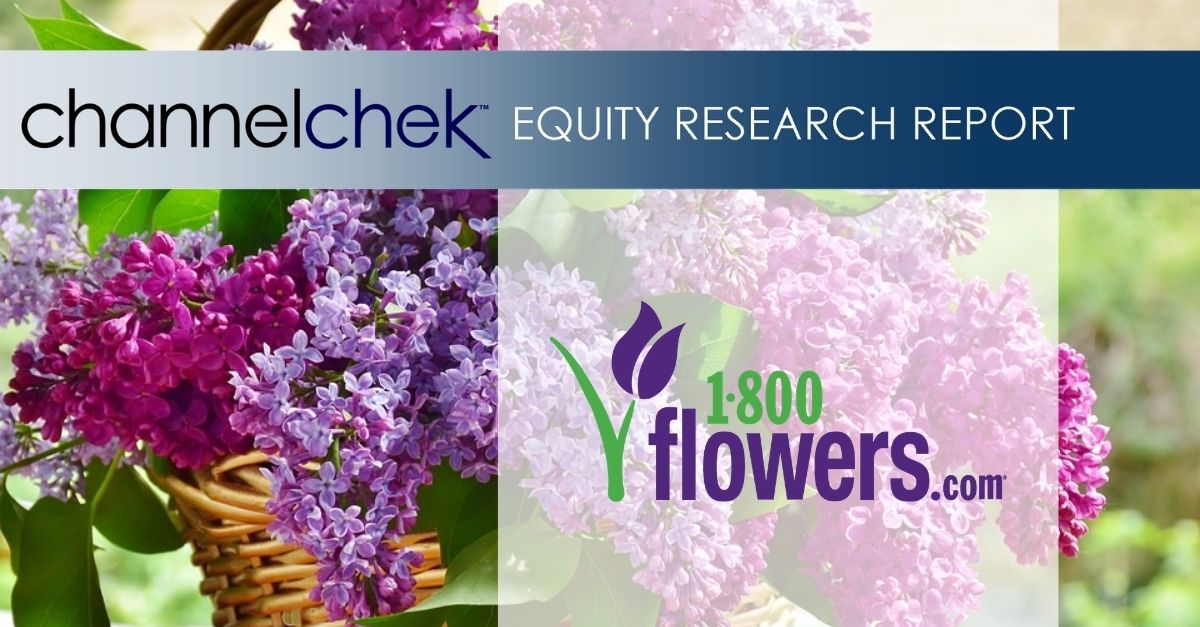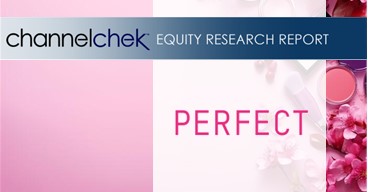11/17/2025
Luxembourg, Grand Duchy of Luxembourg, November 17, 2025 – (GLOBE NEWSWIRE) Codere Online (Nasdaq: CDRO / CDROW, the “Company”), a leading online gaming operator in Spain and Latin America, today announced that Marcus Arildsson has been appointed Chief Financial Officer, effective today. Mr. Arildsson will succeed Oscar Iglesias, who, as part of the previously announced transition, will assist with an orderly handover and is expected to join the Company’s Board of Directors, subject to the approval of shareholders at an Extraordinary General Meeting scheduled for December 1st.
Mr. Arildsson is a senior finance executive with over 25 years of international experience across investment banking, equity markets and corporate finance.
He began his career at Lehman Brothers and Merrill Lynch in London, executing over €9 billion in cross-border M&A, IPO, and equity-linked transactions. He later spent 12 years at Arcano Partners in Madrid, advising corporates and financial sponsors on more than €5 billion in M&A, debt and equity transactions.
He has since held CFO and executive committee roles at Millenium Hospitality Real Estate, a listed REIT with a €700 million portfolio, Sonae Sierra and Ladorian, a retail media technology company.
Mr. Arildsson holds an MBA from Northwestern University’s Kellogg School of Management and a BBA from James Madison University. He is fluent in English, Spanish and Swedish.
“I’m thrilled to join Codere Online, a company that has demonstrated outstanding execution and discipline since becoming public. Its success reflects a strong team and clear vision and I look forward to contributing to the next chapter of that journey” said Mr. Arildsson.
“Marcus is a seasoned financial executive whose leadership and experience will be invaluable as we continue executing our plan” said Aviv Sher, Chief Executive Officer. “We also thank Oscar for his many contributions and for ensuring a seamless transition; we look forward to his continued involvement at the Board level.”
“On behalf of the Board, I am pleased to welcome Marcus to Codere Online,” said Gonzaga Higuero, Chairman of the Board. “His extensive experience in corporate finance and investment banking, combined with his international background, make him an exceptional addition to our leadership team.”
About Codere Online
Codere Online refers, collectively, to Codere Online Luxembourg, S.A. and its subsidiaries. Codere Online launched in 2014 as part of the renowned casino operator Codere Group. Codere Online offers online sports betting and online casino through its state-of-the art website and mobile applications. Codere currently operates in its core markets of Spain, Mexico, Colombia, Panama and Argentina. Codere Online’s online business is complemented by Codere Group’s physical presence in Spain and throughout Latin America, forming the foundation of the leading omnichannel gaming and casino presence.
About Codere Group
Codere Group is a multinational group devoted to entertainment and leisure. It is a leading player in the private gaming industry, with four decades of experience and with presence in seven countries in Europe (Spain and Italy) and Latin America (Argentina, Colombia, Mexico, Panama, and Uruguay).
Contacts:
Investors and Media
Guillermo Lancha
Director, Investor Relations and Communications
Guillermo.Lancha@codere.com
(+34) 628 928 152
Forward-Looking Statements
Certain statements in this document may constitute “forward-looking statements” within the meaning of the “safe harbor” provisions of the United States Private Securities Litigation Reform Act of 1995. Forward-looking statements include, but are not limited to, statements regarding Codere Online Luxembourg, S.A. and its subsidiaries (collectively, “Codere Online”) or Codere Online’s or its management team’s expectations, hopes, beliefs, intentions or strategies regarding the future. In addition, any statements that refer to projections, forecasts or other characterizations of future events or circumstances, including any underlying assumptions, are forward-looking statements. The words “anticipate,” “believe,” “continue,” “could,” “estimate,” “expect,” “intends,” “may,” “might,” “plan,” “possible,” “potential,” “predict,” “project,” “should,” “would” and similar expressions may identify forward-looking statements, but the absence of these words does not mean that a statement is not forward-looking. Forward-looking statements in this document may include, for example, statements about Codere Online’s financial performance and, in particular, the potential evolution and distribution of its net gaming revenue; any prospective and illustrative financial information; and changes in Codere Online’s strategy, future operations and target addressable market, financial position, estimated revenues and losses, projected costs, prospects and plans.
These forward-looking statements are based on information available as of the date of this document and current expectations, forecasts and assumptions, and involve a number of judgments, risks and uncertainties. Accordingly, forward-looking statements should not be relied upon as representing Codere Online’s or its management team’s views as of any subsequent date, and Codere Online does not undertake any obligation to update forward-looking statements to reflect events or circumstances after the date they were made, whether as a result of new information, future events or otherwise, except as may be required under applicable securities laws.
As a result of a number of known and unknown risks and uncertainties, Codere Online’s actual results or performance may be materially different from those expressed or implied by these forward-looking statements. There may be additional risks that Codere Online does not presently know or that Codere Online currently believes are immaterial that could also cause actual results to differ from those contained in the forward-looking statements. Some factors that could cause actual results to differ include (i) changes in applicable laws or regulations, including online gaming, privacy, data use and data protection rules and regulations as well as consumers’ heightened expectations regarding proper safeguarding of their personal information, (ii) the impacts and ongoing uncertainties created by regulatory restrictions, changes in perceptions of the gaming industry, changes in policies and increased competition, and geopolitical events such as war, (iii) the ability to implement business plans, forecasts, and other expectations and identify and realize additional opportunities, (iv) the risk of downturns and the possibility of rapid change in the highly competitive industry in which Codere Online operates, (v) the risk that Codere Online and its current and future collaborators are unable to successfully develop and commercialize Codere Online’s services, or experience significant delays in doing so, (vi) the risk that Codere Online may never achieve or sustain profitability, (vii) the risk that Codere Online will need to raise additional capital to execute its business plan, which may not be available on acceptable terms or at all, (viii) the risk that Codere Online experiences difficulties in managing its growth and expanding operations, (ix) the risk that third-party providers, including the Codere Group, are not able to fully and timely meet their obligations, (x) the risk that the online gaming operations will not provide the expected benefits due to, among other things, the inability to obtain or maintain online gaming licenses in the anticipated time frame or at all, (xi) the risk that Codere Online is unable to secure or protect its intellectual property, and (xii) the possibility that Codere Online may be adversely affected by other political, economic, business, and/or competitive factors. Additional information concerning certain of these and other risk factors is contained in Codere Online’s filings with the U.S. Securities and Exchange Commission (the “SEC”). All subsequent written and oral forward-looking statements concerning Codere Online or other matters and attributable to Codere Online or any person acting on their behalf are expressly qualified in their entirety by the cautionary statements above.
Source: Codere Online Luxembourg, S.A.

